
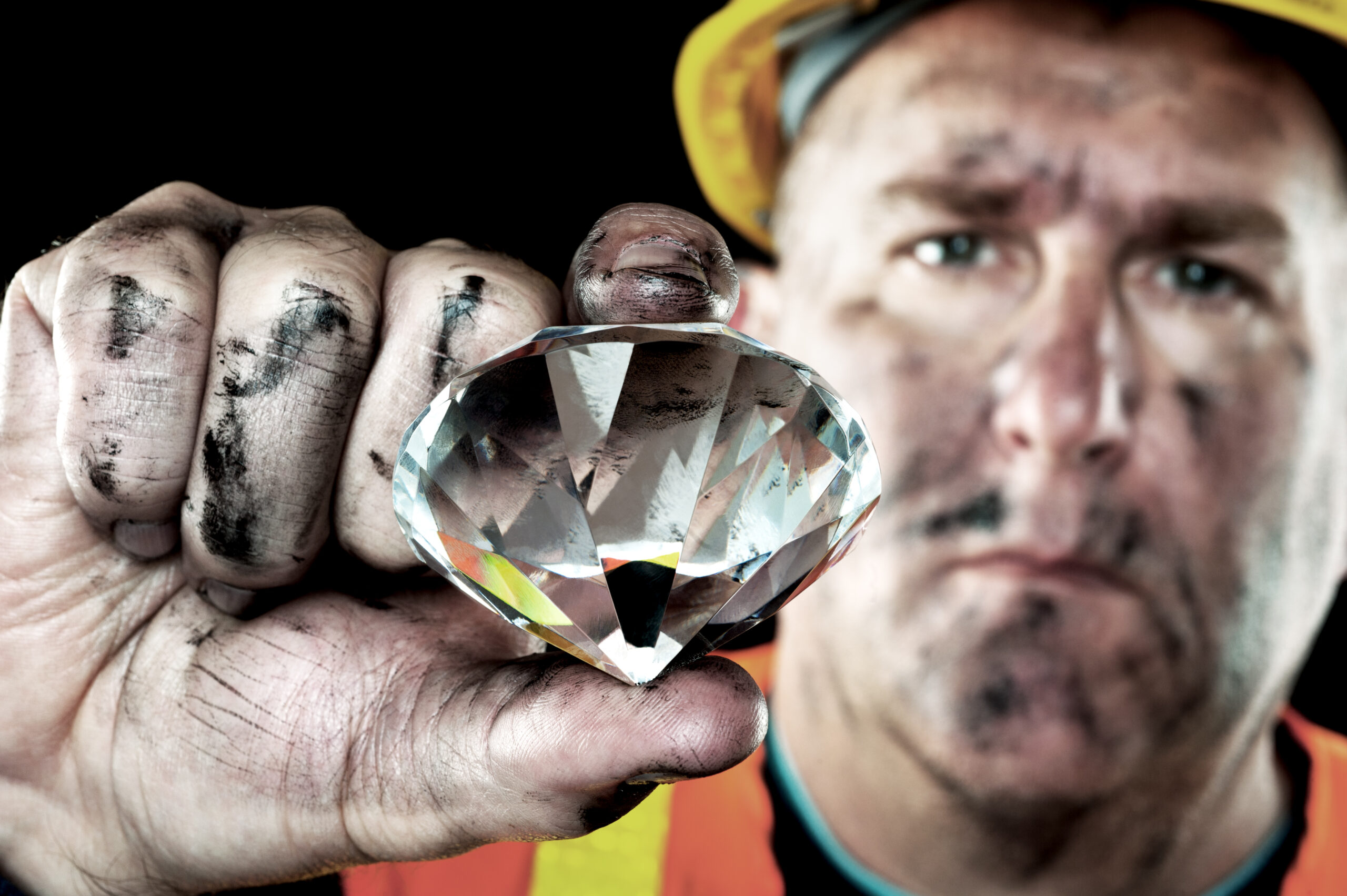
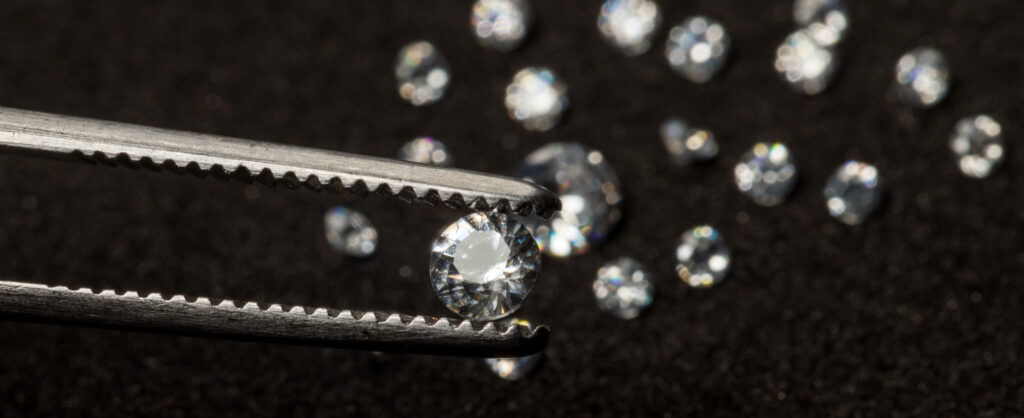
The beauty of a diamond is truly unbelievable. While diamonds have been discovered in approximately 35 countries worldwide, Southern Africa remains one of the leading diamond producers in the world.
Guinea has vast diamond reserves: 30 to 40 million carats of proven reserves, 500 million carats of probable reserves. The deposits are mainly located in the Banankoro-Sefadou zone in the east of the country.
Guinea is an active member of the Kimberley Process, an international initiative to certify rough diamonds and promote transparency in the sector.
Gold purity in Siguiri’s lands goes up to 95% – 99%
Ordiamex International offers gold in Coins, Ounces and bars with 18, 22, and 24 karats. Ordiamex’s project portfolio is unsurpassed in the gold industry, and represents a source of optionality and value.
In Guinea. Diamonds occur in both secondary (eluvial, alluvial in river beds and terraces) and primary (kimberlites) deposits. Diamonds are generally of good quality, with a clear predominance of gem-quality stones. Total diamond resources are currently estimated between 25 and 30 millions carats. but the potential remains open: kimberlites have not yet been completely recorded.
The main diamond deposits are located in the prefectures of Kerouane, Kissidougou and Macenta, along the rivers Baoule, Milo and Diani. Other diamond discoveries were made to the west, notably west of Kindia, and more sporadically near Forecariah.
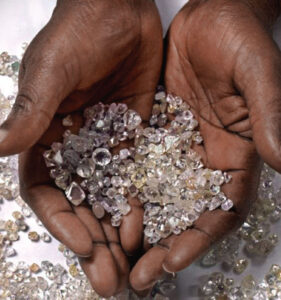
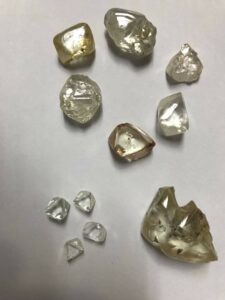
Once the diamond bearing ore and gravel is collected, it is transported to a primary crusher. The primary crusher is responsible for reducing the size of the ore into smaller, more manageable pieces or chucks measuring no larger than 150mm. A secondary crusher, known as a roll-crusher, may also be used to reduce the size of the ore even further.
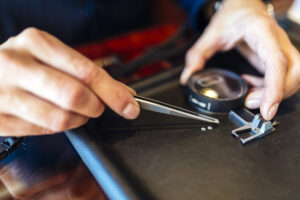
During this stage the diamond bearing ore is mixed with a solution of ferrosilicon powder and water, which is measured to a specific relative density. This solution is fed into a cyclone, which tumbles the material and forces a separation. Materials with a high density sink to the bottom, which results in a layer of diamond rich concentrate.
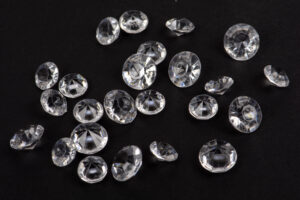
The diamonds collected in the recovery process are cleaned in an acid solution, washed, weighed and packaged in sealed containers for transport. In accordance with the Kimberley process, these containers are sealed with a tamper resistant seal, numbered on site, and a certificate of origin is issued.

In this stage, the ore are scrubbed to remove loose excess material and is screened. Material smaller than 1.5mm is discarded because it is too costly to extract diamonds from such a small piece of ore.
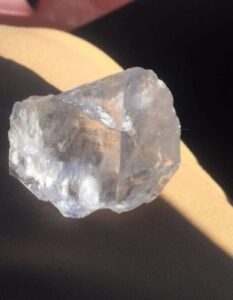
Here, the diamond rich concentrate is put through a series or processes involving magnetic susceptibility, X-ray luminescence and crystallographic laser fluorescence that are calculated based on the specific properties of diamonds. These processes are designed to separate the rough diamond from any other heavy density materials collected by the cyclonic separation plant. For example, diamond’s fluorescence when exposed to an X-ray. Sensors detect flashes of light emitted by the diamond and sends a signal to a microprocessor that fires a blast of air at the diamond, which spits it into a collection box.

Copyright 2023 © All Right Reserved Design by DIGITAL XCELLENCE